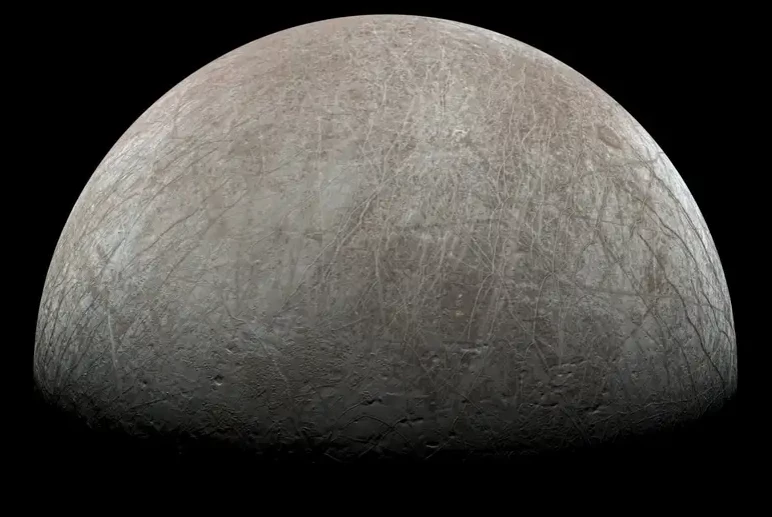The Juno spacecraft of NASA captures the closest images of Europa in 20 years
The COVID-19 pandemic has left people less extroverted and agreeable / A newly recognized species of sloth has a coconut-shaped head
Juno captured the closest images of Jupiter's moon Europa in over two decades. On September 29, it flew just 352 kilometers above the icy moon's surface, marking only the third time a spacecraft has been within 500 kilometers of the moon's surface. The images captured by this audacious maneuver are extraordinarily detailed.
At the time of the flyby, Juno was traveling at nearly 24 kilometers per second, so it had only two hours to collect data before setting sail once more. During that time, it captured images and gathered information on the moon's surface composition, interior structure, and interaction with Jupiter's magnetic field. The images depict ridges and channels slicing Europa's surface, in addition to small impact craters.

One of the closest look at Jupiter’s moon Europa for decades.
“The science team will be comparing the full set of images obtained by Juno with images from previous missions, looking to see if Europa’s surface features have changed over the past two decades,” said Candy Hansen at the Planetary Science Institute in Arizona in a statement. The JunoCam images will replace existing low-resolution coverage of the area on the current geologic map.
This new information will assist scientists in preparing for the Europa Clipper mission, which is scheduled to launch in 2024 in an effort to determine whether the icy moon may harbor life beneath its icy crust. In addition to its deep subsurface ocean, the Juno data should reveal whether or not the shell contains shallow pockets of liquid water.
End of content
Không có tin nào tiếp theo
